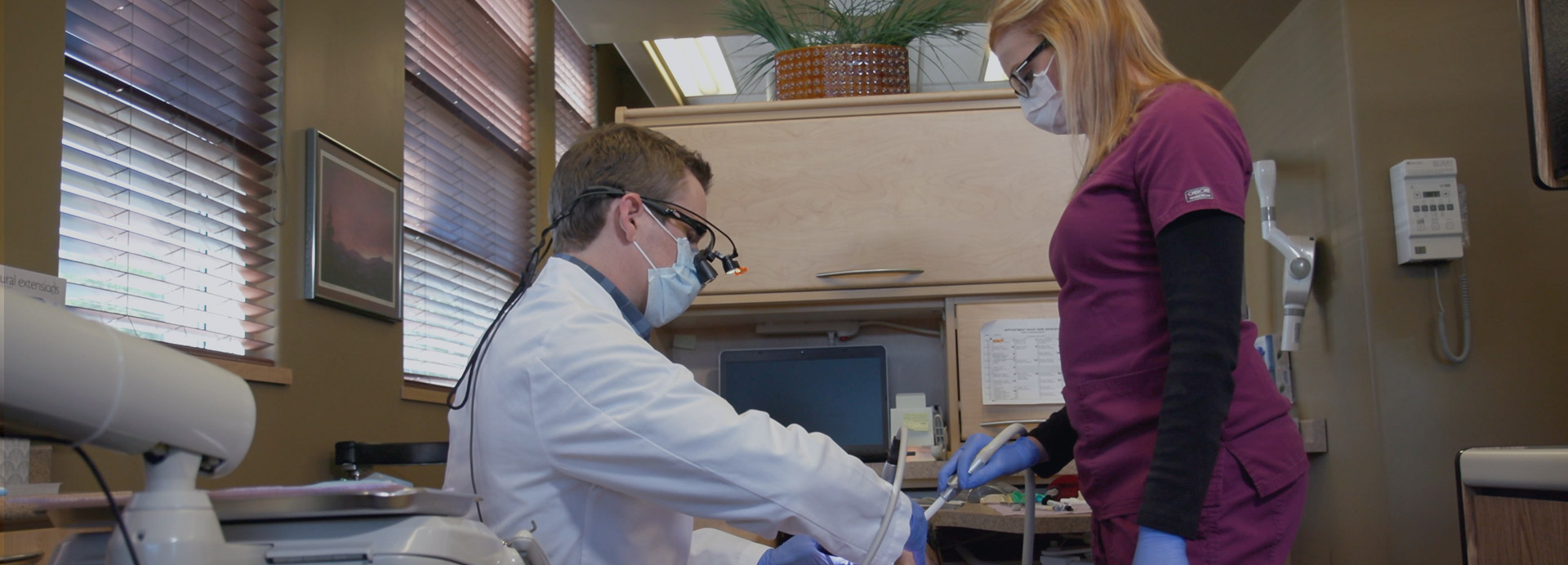The overwhelming majority of people will need restorative dentistry services at least once or twice in their lifetime. Receiving restorations will extend the life of broken and damaged teeth so that patients can avoid the need for extractions and prosthetics. Moreover, today’s restorations can be made from lifelike materials so that our guests enjoy discreet dental work that won’t distract from their appearance. Evers & Gardner Dental is proud to offer high-quality restorative services to members of the Kansas City Northland area.
Fillings
One of the most commonly placed restorations is a filling. This small restoration is used to address tooth decay. A filling is placed over the decayed area of a tooth to fill in the depression left behind by a cavity and reinforce damaged tooth structure. Today’s fillings are tooth-colored and look incredibly natural. Fillings will prevent cavities from worsening so that more extensive restorations are not needed. Receiving a filling is not overly invasive and only local anesthetic is needed to maintain a person’s comfort.
Dental Crowns
Dental crowns are one of the more extensive restorations available. These restorations cover the biting surfaces and sides of teeth by fitting over biological tooth structure like a cap. Crowns are excellent restorations for cracked and badly worn teeth. Since crowns must fit over an individual’s tooth, they must be made to very exact measurements. These restorations can be made from metal, porcelain, or a combination of porcelain fused to metal.
Inlays and Onlays
Inlays and onlays are common custom restorations used to protect damaged teeth. An inlay is placed between the cusps of a tooth on its biting surfaces. Inlays make for great restorations for molars that have been worn by bruxism or affected by caries. Onlays, like inlays, are made for very specific parts of a tooth. An onlay is made to fit over the cusp of a tooth and extend down its side. Like crowns, inlays and onlays can be made from a variety of materials including metals and porcelain.
We offer comfortable restorative care and are currently accepting new patients. If you have questions about restorative dental work, call Evers & Gardner Dental to reserve a consultation with one of our dentists.


